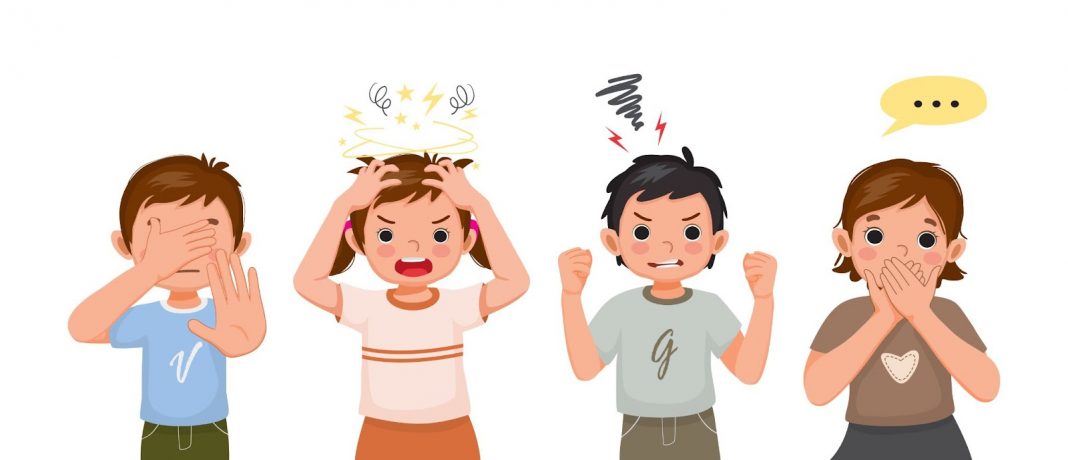Anger is a natural human emotion, and just like adults, children experience their share of angry feelings. However, understanding and managing these emotions, especially in children, can be a challenging task. It’s crucial to recognize that anger in children is not inherently bad; it’s the expression and handling of this anger that matters.
Math & ELA | PreK To Grade 5
Kids see fun.
You see real learning outcomes.
Watch your kids fall in love with math & reading through our scientifically designed curriculum.
Parents, try for free Teachers, use for free
As noted in a comprehensive article by ChildMind.org, frequent and intense tantrums, particularly in children older than eight, might signal underlying issues and can be a source of concern if they pose a danger or cause disruptions at home and school. This understanding lays the foundation for effective anger management activities for kids.
The way anger manifests in children can often be a reflection of underlying frustrations or distress. Various factors, including autism, ADHD, anxiety, or learning disorders, might contribute to these emotional outbursts. This insight from ChildMind.org is pivotal in understanding that anger management for kids isn’t just about controlling outbursts; it’s also about addressing the root causes and helping them navigate their feelings constructively.
In this blog, we will explore effective anger management activities for kids. These activities are not just about managing the moment of anger but also about equipping kids with the skills to understand and express their emotions healthily and constructively.
Related Reading: Best Mental Health Activities for Kids
10 Best Anger Management Activities for Kids
1. Deep Breathing Exercises
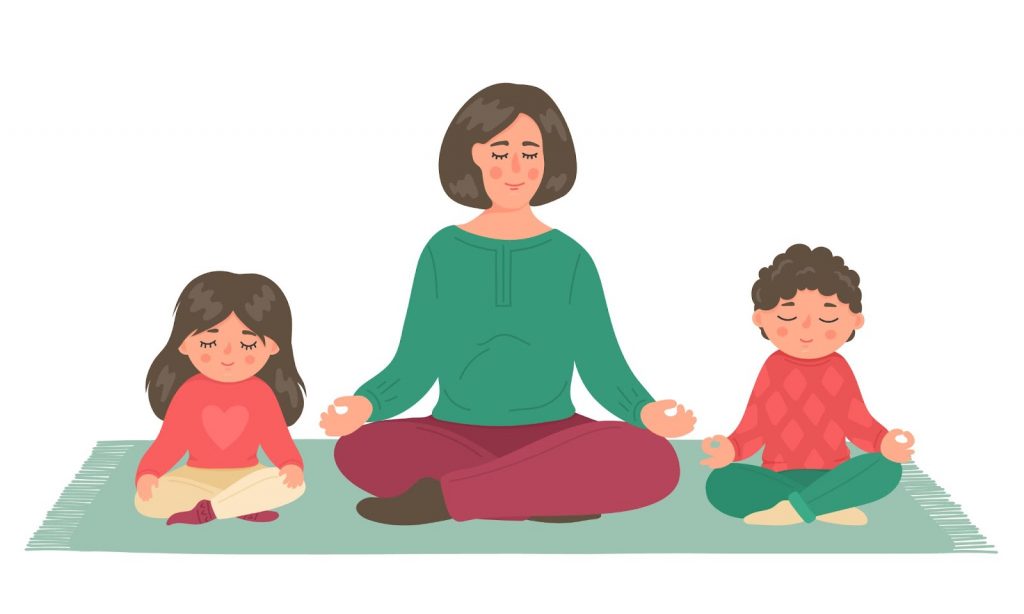
Deep breathing exercises, such as the “4-7-8” method, are a simple yet powerful anger management activity for children. This technique teaches children to focus on their breath, which can be a calming anchor during anger or frustration.
How to Do It: Guide the child to breathe in quietly through the nose for 4 seconds, hold the breath for 7 seconds, and then exhale completely through the mouth for 8 seconds. Repeat this cycle four times.
How It Helps: Deep breathing helps reduce the immediate feelings of anger by slowing down the heartbeat and lowering blood pressure. It shifts the child’s focus away from the anger triggers and brings a sense of calm and control over their emotions.
Related Reading: Workouts for Kids That Teaches Them Discipline & Focus
2. Art Therapy
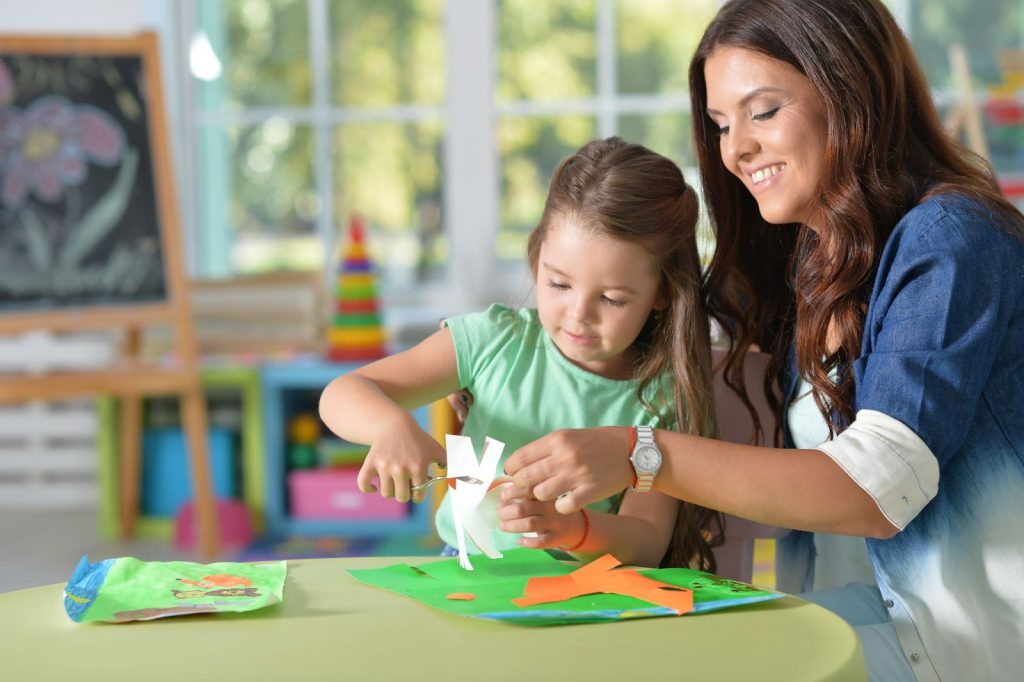
Art therapy is one of the best anger management activities for kids. It allows children to express their emotions through creative activities like painting, drawing, or clay modeling.
Materials Required: Art supplies like paints, paper, and clay, or access to online art platforms like Splashlearn.
How to Do It: Encourage children to express their feelings through art. They can paint or draw their emotions, use clay to model how they feel or engage in structured online art games that focus on emotional expression.
How It Helps: Art provides a non-verbal outlet for emotions, which can be especially helpful for children who might not yet have the words to express complex feelings. It’s a safe way for children to explore and release their emotions, reducing feelings of anger.
3. Anger or Trigger Tracker
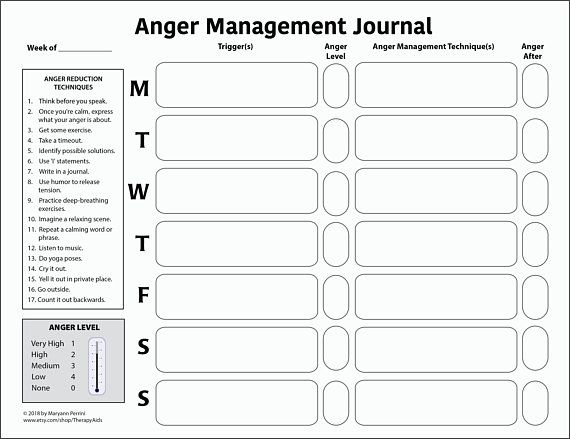
An Anger or Trigger Tracker is a simple, effective tool for helping kids become more aware of what triggers their anger and how they respond to it. This awareness is the first step in learning how to manage their reactions better.
Materials Required: Notebook or a sheet of paper, pens or pencils, and stickers for younger children (optional).
How to Do It: Encourage your child to write down or draw about instances when they felt angry, noting what happened just before they got upset (the trigger), and how they reacted. For younger kids, using stickers or drawing faces to represent emotions can make tracking more engaging.
How It Helps: This activity helps children and their caregivers identify patterns in what triggers the child’s anger and their typical responses. Understanding these patterns is crucial for developing more effective strategies to manage and express anger healthily.
4. Role-Playing Scenarios
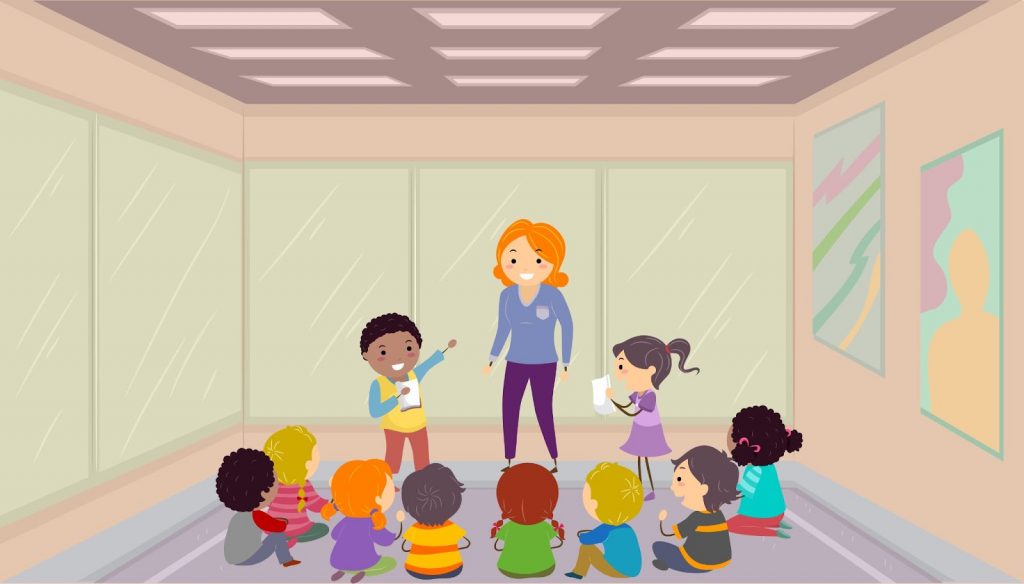
Role-playing scenarios are interactive anger management group activities for kids that simulate real-life situations. This activity helps children learn and practice responding to situations that may trigger anger in a safe and controlled environment.
How to Do It: Create different scenarios that might trigger anger. Act out these scenarios with the child, taking turns to play different roles. Discuss and practice calm and constructive ways to respond.
How It Helps: Role-playing allows children to practice managing their emotions and reactions in various situations. This rehearsal can make them feel more prepared and confident to handle similar real-life situations, reducing the likelihood of angry outbursts.
Related Reading: What is Creative Play? Importance & Activities for Kids
5. Physical Activity
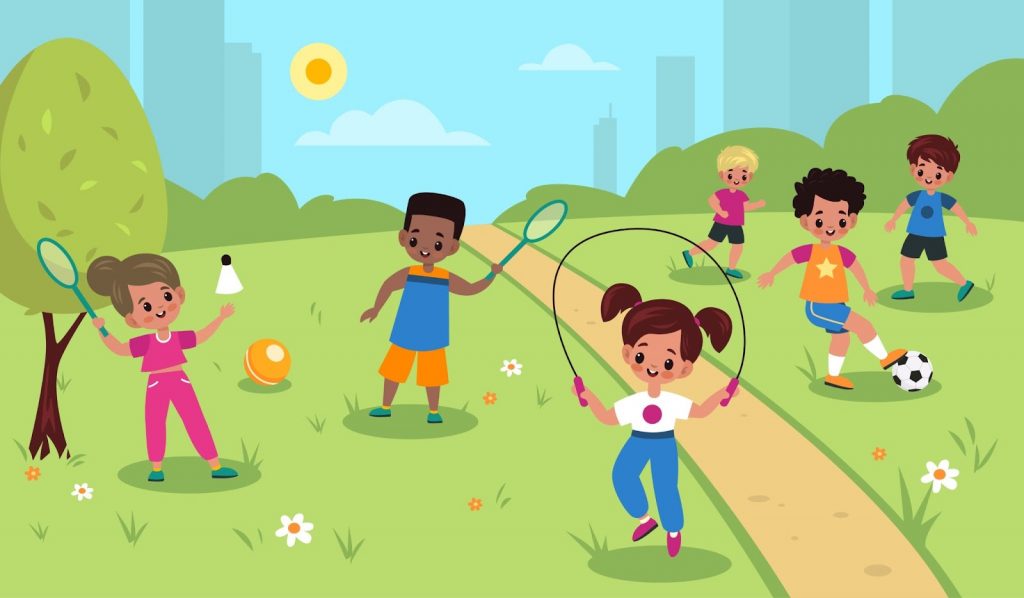
Engaging in physical activities, such as sports, running, or yoga, can be an effective way for children to manage feelings of anger. Physical activity provides a constructive outlet for releasing built-up energy and tension.
Materials Required: Appropriate gear for the chosen activity (e.g., sports equipment, running shoes, yoga mat).
How to Do It: Encourage the child to participate in a physical activity they enjoy regularly. It could be a structured sport, a simple daily run, or a yoga session.
How It Helps: Regular physical activity helps in reducing stress and improving overall mood. It stimulates the release of endorphins, the body’s natural mood lifters, which can help alleviate anger. Exercise also provides a structured way for children to focus their energy and thoughts away from anger triggers, promoting a sense of well-being and relaxation.
6. Creating a Calm Down Box
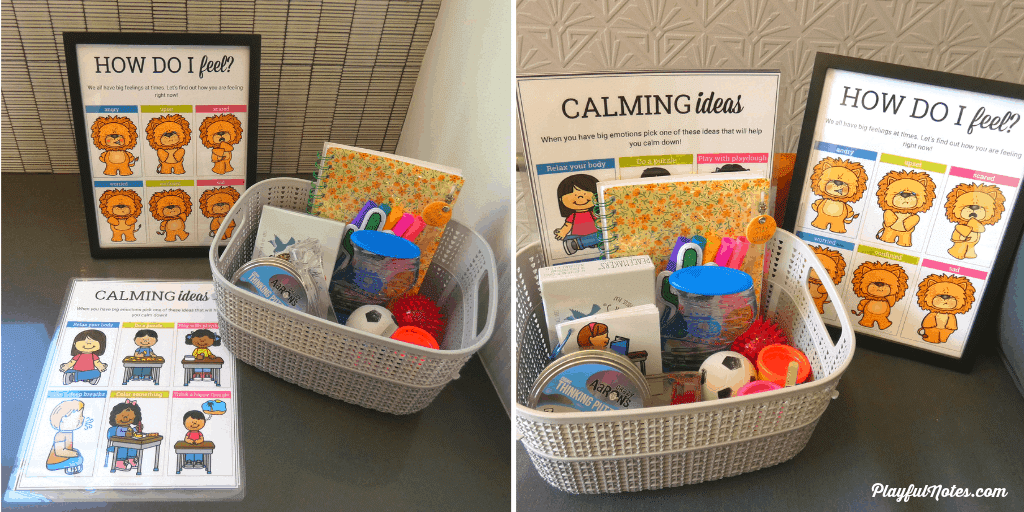
A ‘calm down box’ is one of the creative anger management activities that provides children with a personalized kit of tools and toys to help soothe themselves when upset.
Materials Required: A box or container, various calming items like stress balls, puzzles, coloring books, soft toys, and anything else the child finds comforting.
How to Do It: Let the child choose items that they feel would help them calm down during moments of anger or frustration. Place these items in the box for the child to use when needed.
How It Helps: The calm-down box gives children a sense of control over their emotions. It offers them a concrete strategy to manage their anger, providing comfort and distraction from upsetting feelings.
Related Reading: Calming Strategies for Kids Every Parent Should Know
7. Time-In Instead of Time-Out
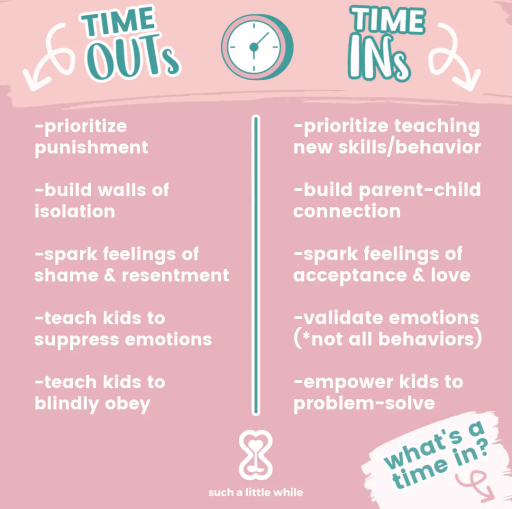
‘Time-in’ is an anger management technique for kids where, instead of being isolated during a time-out, the child spends time in a comforting space to discuss and understand their feelings.
How to Do It: When the child feels overwhelmed or angry, they go to a designated ‘time-in’ space. Here, they can talk about their feelings with a caregiver or use calming strategies.
How It Helps: Time-in promotes understanding and communication. It helps children feel supported and heard rather than punished, leading to better emotional regulation.
8. Mindfulness and Meditation
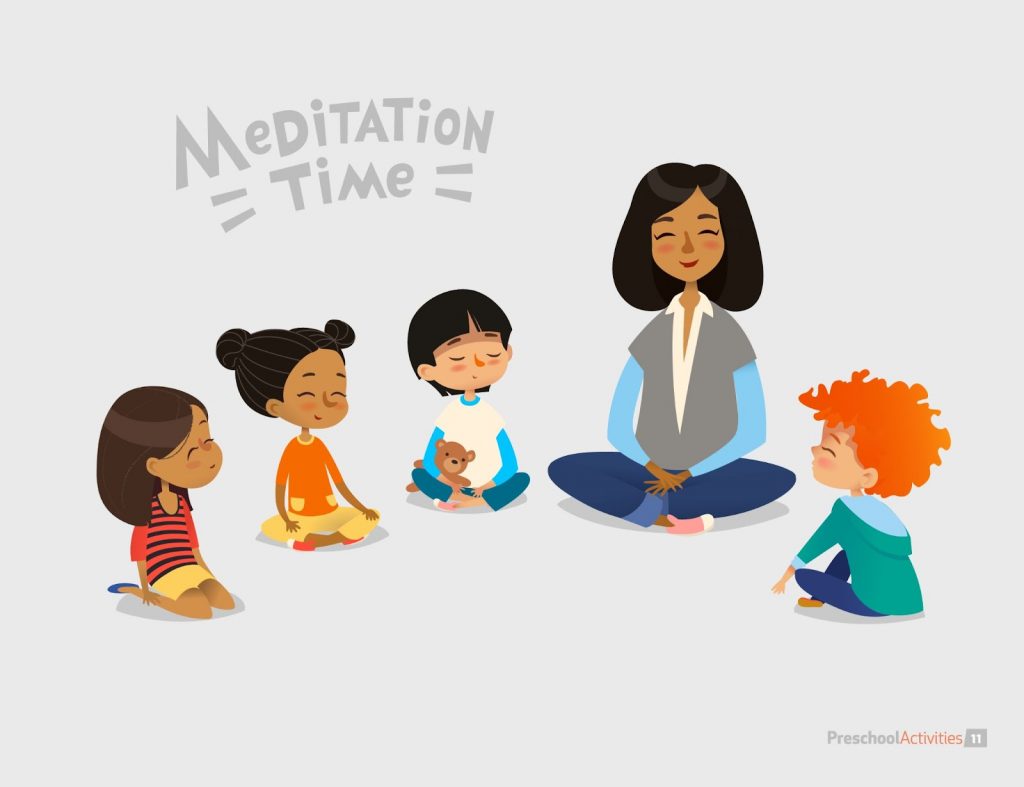
Mindfulness and meditation are key anger management techniques for kids, helping them to focus on the present and develop awareness of their thoughts and feelings without judgment.
Materials Required: A quiet space, optional guided meditation audio.
How to Do It: Teach children basic mindfulness exercises, like focusing on their breath or noticing the sounds and sensations around them. Guided meditations designed for children can also be used.
How It Helps: Mindfulness and meditation can reduce stress and promote emotional regulation. They help children learn to pause and respond to their feelings rather than react impulsively.
Related Reading: Strategies to Bring Out Mindfulness for Kids
9. Emotion Wheel Creation
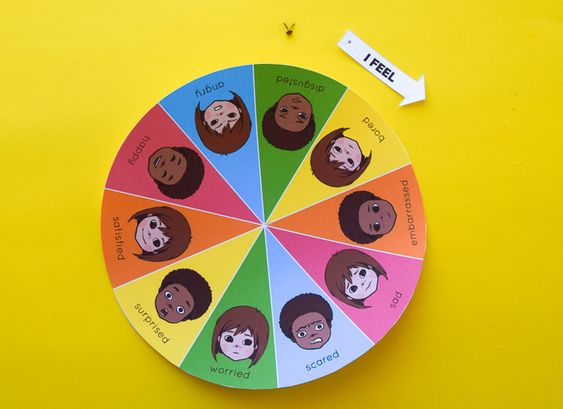
An emotion wheel is a creative and engaging way for kids to explore and understand their feelings. By using colors and pictures, children can create a visual representation of different emotions, aiding in their emotional literacy.
Materials Required: Paper plate or a circular piece of paper, colored markers or paints, magazines for cutting out pictures, and glue.
How to Do It: Divide the paper plate or circle into segments, each representing a different emotion like anger, happiness, sadness, etc. Assign a color or paste pictures in each segment the child feels represents that emotion.
How It Helps: The emotion wheel helps children recognize and name their feelings, which is a crucial step in managing emotions like anger. It also aids parents and caregivers in understanding the child’s emotional state and triggers, facilitating better communication and support.
10. Positive Affirmations
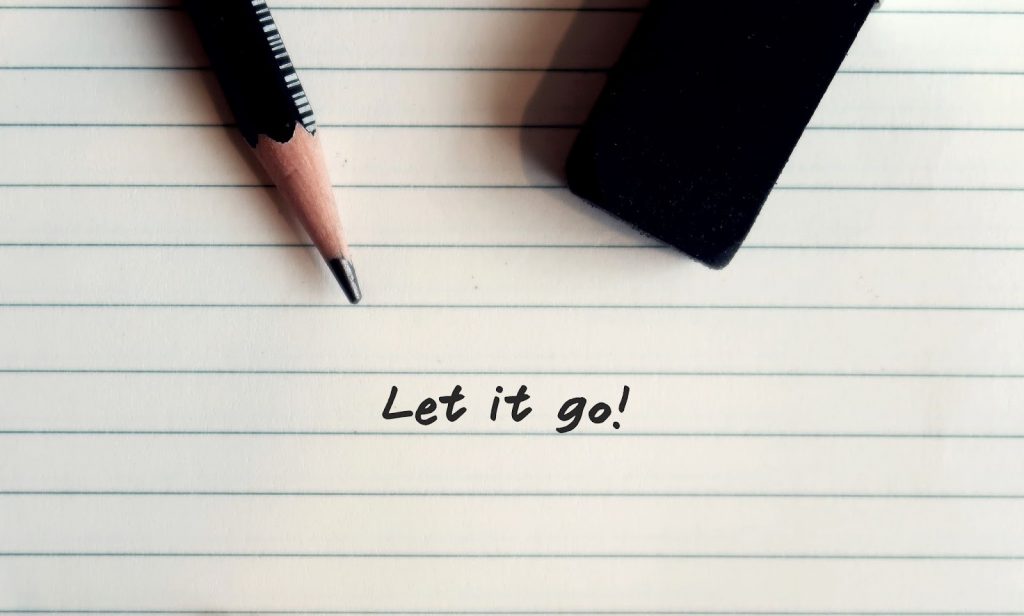
Positive affirmations are short, powerful statements that, when repeated, can help children shift their mindset and manage negative emotions like anger.
How to Do It: Help the child create a few positive affirmations that resonate with them. These could be phrases like “I am calm and in control” or “I handle my emotions well.” Encourage them to repeat these affirmations, especially during moments of anger.
How It Helps: Positive affirmations can boost a child’s self-esteem and confidence, helping them to feel more in control of their emotions. Repeating these affirmations during moments of anger can help shift negative thought patterns to more positive and calming ones.
Related Reading: Amazing Writing Prompt For Kids To Improve Confidence
Importance of Anger Management for Kids
Effective anger management is crucial for children’s development, offering immediate and long-term benefits:
- According to Confident Parents Confident Kids, anger is an important emotional signal. It indicates when something is wrong, whether it’s a boundary being crossed or a need not being met. Teaching kids to understand and respect this signal is crucial for their emotional development.
- The study also highlights that contrary to common belief, expressing anger through aggression doesn’t alleviate it but can actually intensify the emotion. Teaching kids healthy ways to express anger is therefore essential to prevent aggressive behaviors.
- Managing anger effectively helps children in developing emotional intelligence. They learn to identify, understand, and communicate their feelings, leading to better interactions with others.
- When children learn to manage their anger, they’re also learning to pause and think before reacting, enhancing their problem-solving skills and decision-making abilities.
- Kids who can express their anger constructively are more likely to build and maintain positive relationships, as they can communicate their needs and feelings effectively without hurting others.
By focusing on these aspects, anger management training equips children with essential skills for navigating their emotions and interactions, laying a foundation for a well-adjusted adulthood.
Conclusion
Teaching kids how to manage anger is a vital part of their growth. It’s not just about stopping bad behavior but about helping them understand their feelings and deal with them well. By using fun and creative anger management activities for kids, we can guide our children to express their anger healthily and build skills like problem-solving and good communication. Remember, the goal isn’t to make anger disappear but to handle it in the best way possible. This way, we’re preparing our kids not just for now but for a happier, more successful future.
Related Reading: Best Meditation Videos for Kids
Frequently Asked Questions (FAQs)
When should I start teaching my child anger management?
You can start teaching basic anger management skills as early as preschool age. Even very young children can learn simple techniques like deep breathing or using words to express their feelings.
How can I tell if my child's anger is normal or something to worry about?
Occasional anger is normal, but if your child’s anger is very frequent, intense, or leads to aggression, it might be a sign to seek additional support, such as talking to a child psychologist.
Are these anger management activities suitable for all children?
Yes, these activities are designed to be adaptable for children of various ages and needs. However, each child is unique, so it’s important to choose activities that resonate with your child’s interests and developmental stage.
What are some anger management activities for kindergarteners?
Breathing exercises, using a feelings chart, and engaging in creative activities like drawing or coloring can help kindergarteners manage their anger positively.

















